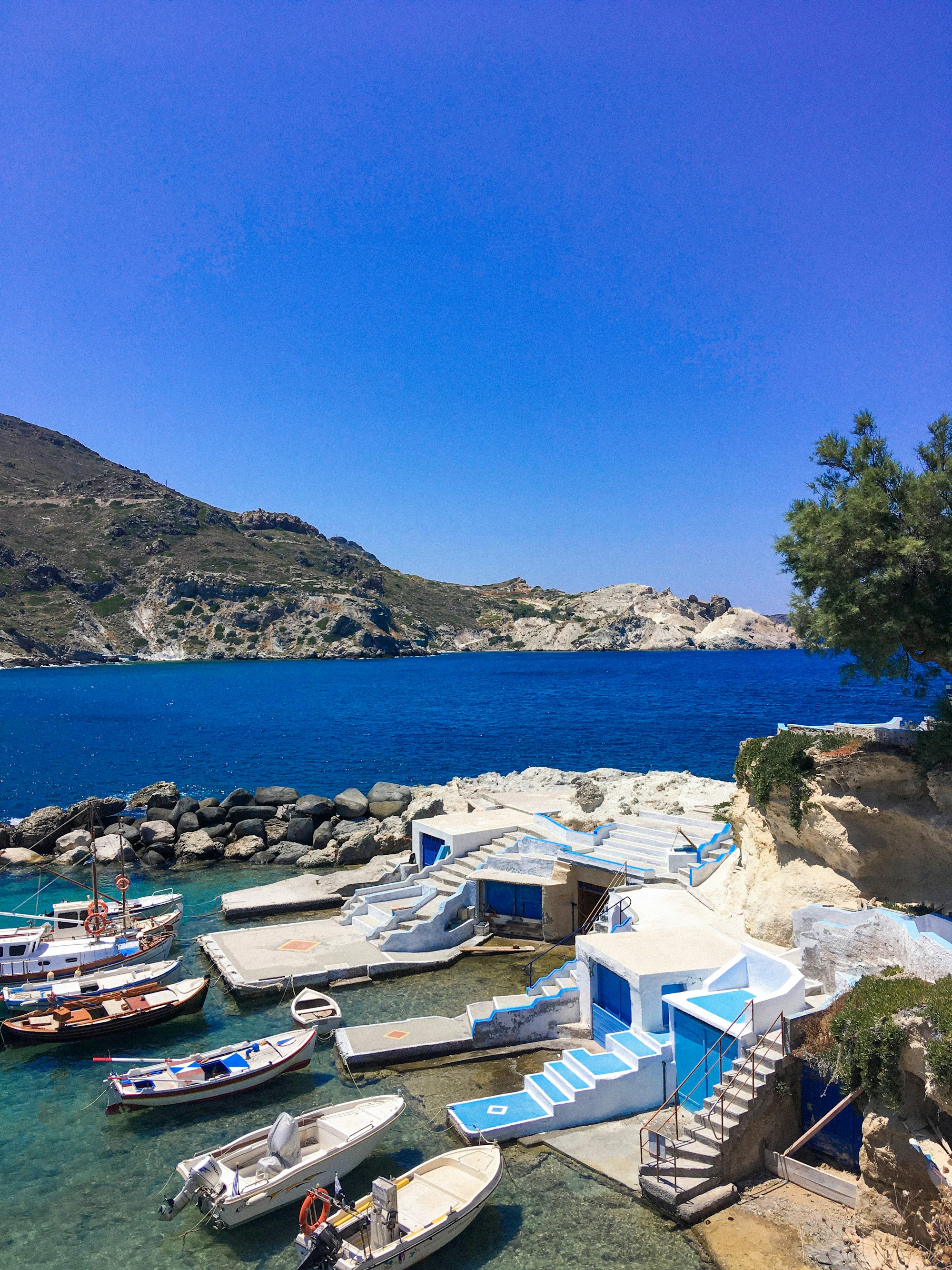"Comprehensive Guide to Exploring Milos, Greece"
Discover Milos, Greece's hidden gem, with our guide. Explore its exquisite beaches, historic sites, & divine cuisine. Be ready for an unforgettable journey!

Comprehensive Guide to Exploring Milos, Greece
Milos, a volcanic Greek island in the Aegean Sea, is a fascinating destination famed for its surreal landscapes, picturesque villages, and rich historical legacy. Dive into the comprehensive exploration guide below to make the most of your journey.
A Historical overview of Milos
Bearing a history dating back to prehistoric times, Milos was an important place of obsidian production, which reached as far as the modern-day Crete. A renowned destination on seafaring trade routes, the island flourished during the Hellenistic and Roman eras, and its mineral riches, such as sulfur and alum, were widely traded.
The Vibrant Culture of Milos
The dynamic culture in Milos builds on the island's rich historical and maritime past. Islanders celebrate plenty of local festivals like the feast of 'Agia Marina' and 'Panagia Faneromeni.' Traditional music, dances, and customary local dishes help to maintain the rich cultural legacy alive.
Festivals and Local Practices
Throughout the year, Milos hosts multiple local ecclesiastical feasts and cultural festivals. Some noteworthy ones include:
- The Feast of Profitis Ilias, which takes place every July 19-20.
- the Tue of Lights, in late July.
- The Maritime Week, a week of traditional dances and competitions, held in the last week of July.
These festivals offer unique opportunities to immerse in local traditions like offering of 'lambada' (candle) on Easter and participating in the grape harvest during September.
Interesting Anecdotes and Facts
Milos has produced some magical stories and intriguing facts over time:
- It is the finding place of the Venus de Milo, the famous statue now housed in the Louvre in Paris.
- The island's unique shape, which is reminiscent of a horseshoe, is due to its volcanic origin.
- The Catacombs of Milos, from 1st-5th century A.D., are among the most important early Christian monuments in Greece.
Conclusion
Milos is much more than just a beautiful Greek island; it is a treasure trove of natural wonders, diverse and vibrant culture, thrilling historical tales, and rich local practices. This comprehensive guide aims to equip you with quintessential information about Milos, making your trip to this Mediterranean gem an unforgettable experience.
Getting There
To get to the island, you can either take a flight from Athens or a ferry from Piraeus or the Cycladic islands. The island also has connections to Crete and the Dodecanese.
